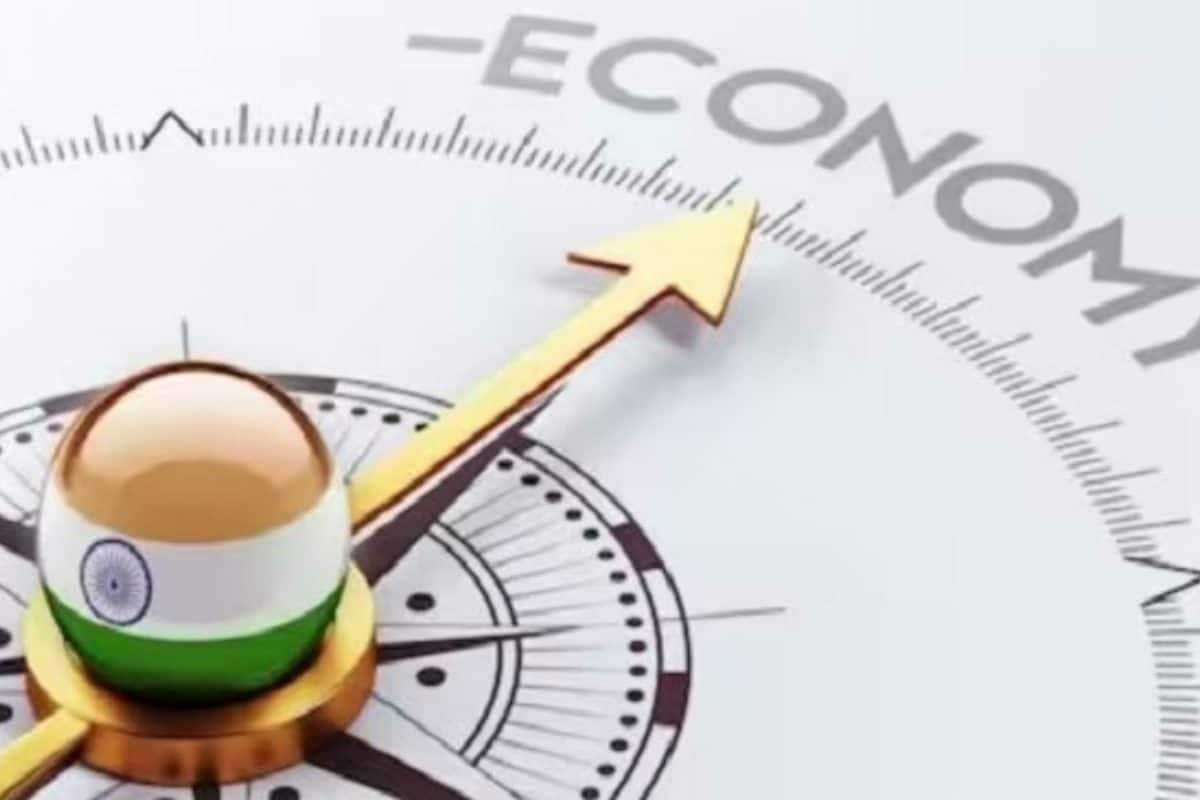

S&P Global Ratings' recent upgrade of India's long-term sovereign credit rating from 'BBB-' to 'BBB' with a stable outlook marks a significant moment for the Indian economy. This upgrade, the first in 18 years, arrives amidst economic headwinds, including rising tariffs imposed by the United States. The improved rating is expected to bolster India's negotiating position in trade talks, signaling enhanced economic resilience and stability to international partners.
The upgrade reflects S&P's confidence in India's "buoyant economic growth" and commitment to "fiscal consolidation". The agency also acknowledged India's strong monetary policy and improvements in fiscal management as positive contributors to its credit metrics. S&P projects the combined fiscal deficit of the central and state governments to decrease from 7.3% of GDP in 2025-26 to 6.6% by 2028-29. Furthermore, net central plus state debt is expected to decline from 83% of GDP in 2024-25 to 78% by 2028-29. The Indian government has set a goal to reduce its debt-to-GDP ratio to 49-51% by 2030-31. These factors indicate a positive trajectory for India's financial health, enhancing its attractiveness to foreign investors and strengthening its hand in trade negotiations.
Despite the positive outlook, India faces challenges, notably the imposition of higher tariffs by the U.S., including a recent increase to 50% on certain imports as a penalty for India's continued purchase of Russian oil. Despite these measures, S&P believes that the impact of these tariffs on India's growth will be "manageable". S&P notes that India's economy is largely driven by domestic consumption, with approximately 60% of its growth stemming from internal demand, which provides a buffer against trade-related disruptions. Also, S&P stated that only 1.2% of India's GDP is affected by U.S. tariffs on Indian exports.
The S&P upgrade has been welcomed by the Indian government, with the Ministry of Finance highlighting that the upgrade reaffirms the Indian economy's agility, activity, and resilience under Prime Minister Narendra Modi's leadership. The ministry further emphasized the government's commitment to continued reforms aimed at achieving "Viksit Bharat" (Developed India) by 2047.
The improved credit rating and stable outlook can provide India with increased leverage in trade negotiations. It signifies that India is a reliable and stable economic partner, potentially leading to more favorable terms in trade agreements. This is particularly relevant in ongoing discussions with the U.S., where disagreements persist regarding access to India's agricultural and dairy sectors. The upgrade also comes at a time when India is actively seeking to diversify its export markets and reduce its dependence on any single trading partner.
The S&P upgrade also had an immediate positive impact on the Indian Rupee, which strengthened against the U.S. dollar following the announcement. The 10-year government bond yields also experienced a dip, reflecting positive sentiment in the debt market. These market reactions underscore the significance of the rating upgrade in bolstering investor confidence and overall economic stability.
In conclusion, S&P's upgrade of India's sovereign credit rating is a vote of confidence in the country's economic resilience and commitment to fiscal responsibility. While challenges remain, particularly concerning trade relations with the U.S., the upgrade positions India favorably in future trade negotiations, offering increased bargaining power and reinforcing its status as a key player in the global economy. The Indian government's commitment to infrastructure development, policy consistency, and fiscal consolidation further supports this positive trajectory, paving the way for sustained economic growth and enhanced global engagement.